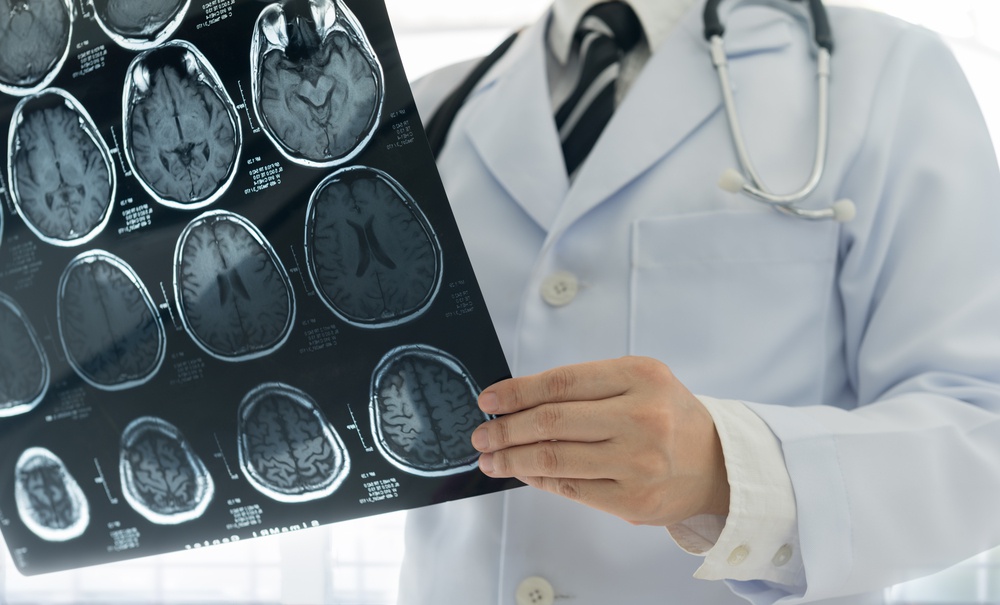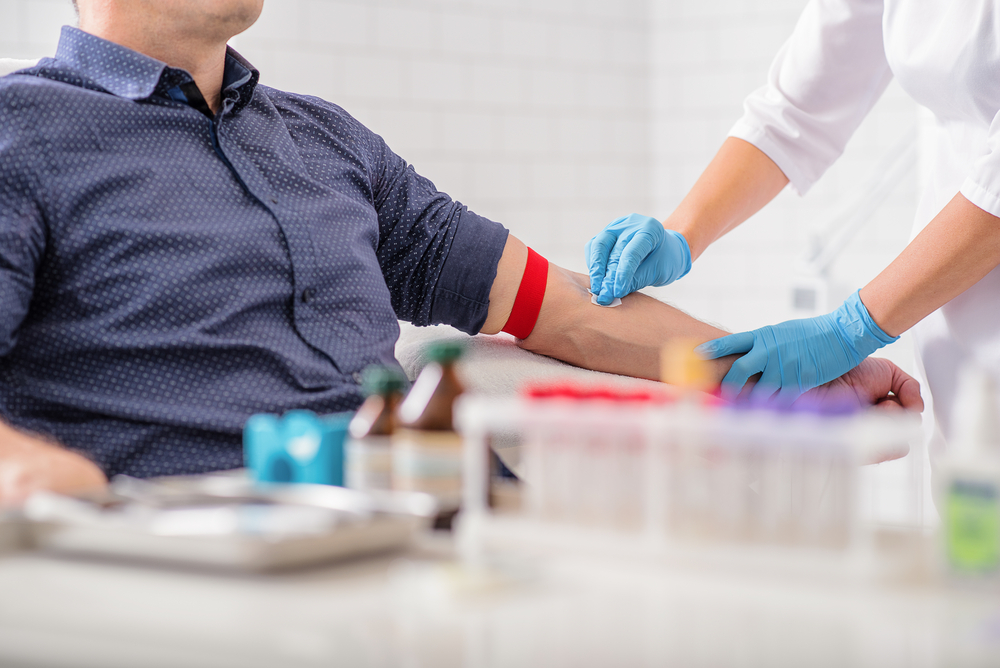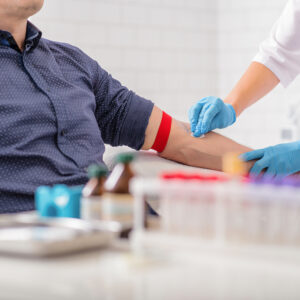What is Hysteroscopy?
Definition and Principles
Hysteroscopy is a procedure commonly used by gynecologists to examine the inside of the uterus. It involves the use of a slender telescope-like instrument called a hysteroscope, which has a light and a camera at its tip. The hysteroscope is inserted through the vagina and cervix into the uterus, eliminating the need for surgical incisions. The camera captures images that are transmitted to a screen, allowing healthcare professionals to have a clear view of the inside of the uterus.
Hysteroscopy can be used for diagnostic purposes to help doctors observe the condition inside the uterus, as well as for surgical procedures such as removing uterine polyps or fibroids. Due to its low invasiveness, hysteroscopy carries lower risks compared to other procedures, making it relatively safe.
What diseases can be diagnosed?
Hysteroscopy can diagnose and address the following issues:
- Uterine polyps
- Uterine fibroids
- Displacement of intrauterine devices (IUDs)
- Adhesions of the uterine lining
- Uterine septum (congenital anomaly)
- Diagnosis and removal of retained placental tissue after childbirth
- Recurrent miscarriages
- Infertility issues
How long does it take?
Hysteroscopy procedures can be performed in an outpatient clinic, as a day surgery, or as an inpatient surgery. The duration of the hysteroscopy procedure can range from 30 to 60 minutes, depending on the specific case. However, diagnostic hysteroscopy, which does not involve any surgical intervention, can be completed in as little as 5 to 10 minutes.
Who is suitable?
Women with the following issues should consider undergoing hysteroscopy:
- Heavy menstrual bleeding
- Abnormal vaginal bleeding
- Postmenopausal bleeding
- Pelvic pain
- Recurrent miscarriages
- Difficulty getting pregnant
However, pregnant women or those with pelvic infections should avoid undergoing hysteroscopy.
The Differences Between Hysteroscopy for Diagnosis and Hysteroscopic Surgery
The hysteroscopy used for diagnosis and hysteroscopic surgery differ in the following aspects:
| Hysteroscopy for Diagnosis | Hysteroscopic Surgery | |
| Instrument Size | Approximately 3-4.5 mm in diameter |
|
| Is anesthesia required? | Depending on the case | Yes |
| Where can it be performed? | Clinic, day surgery unit, and operating room | Operating room |
| Purpose | Diagnosis | Surgical intervention |
Steps of Hysteroscopy for Diagnosis
- The doctor will inquire about the patient’s medical history and any medications being taken, such as vitamins or supplements. Patients taking medications that prevent blood clotting may need to discontinue them prior to the procedure.
- About a week before undergoing hysteroscopy, it is recommended to have blood tests and a pregnancy test to ensure suitability for the procedure.
- In the case of hysteroscopic surgery for removing fibroids, the doctor may prescribe medication in advance to shrink the fibroids.
- The healthcare provider will explain the preparation instructions, such as whether fasting is required before the procedure and what clothing to wear on the day.
- Patients requiring general anesthesia should fast and refrain from drinking water for several hours as instructed by the healthcare provider.
- It is advisable to wear loose and comfortable clothing since patients will need to remove clothing below the waist and change into a gown provided by the clinic/hospital.
Hysteroscopy for diagnosis or surgery usually takes 5-60 minutes. During the procedure:
- The patient lies on a bed with legs elevated, and the lower body is covered with a sheet by the doctor or nurse.
- The doctor administers local or general anesthesia to the patient.
- As necessary for the examination, the doctor inserts a speculum into the patient’s vagina to keep it open.
- The doctor cleans the patient’s vagina and cervix with a disinfectant solution.
- The hysteroscope is inserted into the patient’s uterus, which may cause discomfort or cramping as it passes through the cervix.
- The doctor gently pumps fluid into the uterus to facilitate better visualization of the internal structures.
- The camera transmits images to a screen for the doctor to identify any abnormalities.
- Depending on the individual case, the doctor may take a small tissue sample from the uterine lining for testing (endometrial biopsy), perform curettage, or proceed with the removal of polyps or uterine fibroids.
If the patient experiences any discomfort during the procedure, they should inform the doctor or nurse, who can temporarily pause the procedure.
- After the procedure, if the patient did not receive general anesthesia or only received local anesthesia, they should be able to leave soon and may even drive themselves. If general anesthesia was administered, the patient may need to stay in the hospital for a few hours or overnight, and they should refrain from driving and consuming alcohol for at least 24 hours.
- If no anesthesia or only local anesthesia was used, patients can generally resume normal activities later on the same day or the following day. If general anesthesia was administered, patients may need to rest for 1 to 2 days.
- It may take several weeks to receive results from the endometrial biopsy. However, doctors generally discuss the preliminary findings with patients before they leave.
Risks and complications of hysteroscopy examination
Hysteroscopy is a relatively safe procedure with a risk of complications or adverse effects of less than 1%. However, patients may still face the following conditions after the surgery
- Anesthesia complications
- Cervical damage
- Uterine or nearby organ damage
- Excessive bleeding during or after the surgery
- Uterine or pelvic infection
- Dizziness after the procedure
- Small uterine cavity abnormalities that may not be detected even after hysteroscopy
If the following signs of infection or other issues occur, it is advisable to seek medical attention promptly:
- Severe pain that is not relieved by painkillers
- Heavy bleeding requiring frequent changing of sanitary pads
- Bright red blood or large blood clots
- Foul-smelling discharge
- Fever and shaking
Precautions before hysteroscopy
- Continue using contraception.
- Smokers who opt for general anesthesia are encouraged to quit smoking before the surgery to reduce the risk of anesthesia complications.
Post-hysteroscopy considerations
Pain similar to menstrual cramps
Patients may experience pain similar to menstrual cramps, which can be relieved with over-the-counter painkillers such as acetaminophen or ibuprofen. The discomfort should subside within a few days.
Post-hysteroscopy bleeding
There may be slight vaginal bleeding within two weeks after the surgery. During this time, it is recommended to avoid using tampons, douching, engaging in sexual activity, and swimming to prevent infection.
Menstruation may be delayed for up to six weeks after the procedure, and when it starts, the amount of menstrual blood may be higher than usual. However, if there is excessive vaginal bleeding, abdominal pain, chills, fever, or any other abnormal symptoms, it is important to contact a doctor for evaluation.
Diet
Patients can resume a normal diet once the effects of anesthesia have worn off. If solid foods are not well tolerated after the surgery, it is advisable to consume warm water and liquid foods such as porridge. Subsequently, patients can consume nourishing foods and avoid consuming spicy or irritating foods.
Hysteroscopy costs
| Hospital | Procedure | Fees |
| Gleneagles Hospital Hong Kong | Hysteroscopy + Curettage/Polypectomy
(Monitored anesthesia/general anesthesia) – Diagnostic procedure |
HK$31,760 and up |
| Hysteroscopy + Curettage/Polypectomy
(Monitored anesthesia/general anesthesia) |
HK$34,460 and up | |
| CUHK Medical Centre | Hysteroscopy +/- Endometrial sampling
Cervical dilatation and curettage |
HK$30,000 and up |
| Hysteroscopy + Endometrial sampling
Cervical dilatation and curettage + Lesion excision procedure |
HK$34,500 and up | |
| Hysteroscopy + Endometrial sampling
Cervical dilatation and curettage + Lesion excision procedure |
HK$49,260 and up | |
| Hospital Authority Private Medical Services | Hysteroscopy | HK$7,680 and up |
- NoteThe above price information is for reference purposes only (updated as of January 27, 2023), and it is advisable to inquire with the respective hospitals for detailed information.
FAQ
The experience of hysteroscopy can vary for each patient. Studies have indicated that factors such as the duration of the procedure, whether the patient has given birth before, and their level of anxiety before the surgery can all affect their perception of pain during hysteroscopy.
Whether anesthesia is required, and whether it is local anesthesia or general anesthesia, depends on the individual patient’s situation. It is recommended that patients consult and discuss with their doctor prior to the surgery.
Hysteroscopy surgery generally carries a low risk. According to obstetrician-gynecologists, after the surgery, patients should observe 2 to 3 regular menstrual cycles. If the symptoms such as decreased menstrual blood flow and abnormal bleeding between cycles disappear, they can prepare for pregnancy. On the other hand, if uterine fibroids and polyps are not actively addressed, they may become a barrier to fertility.





